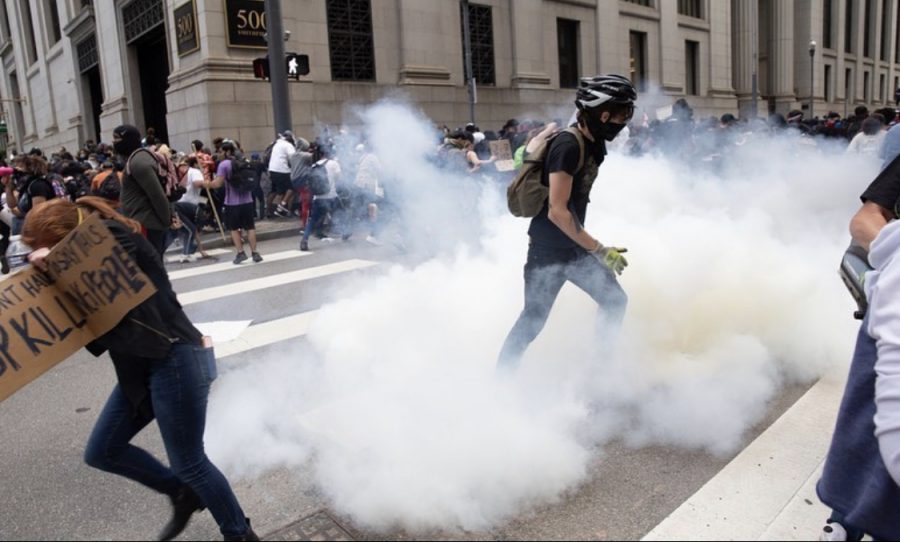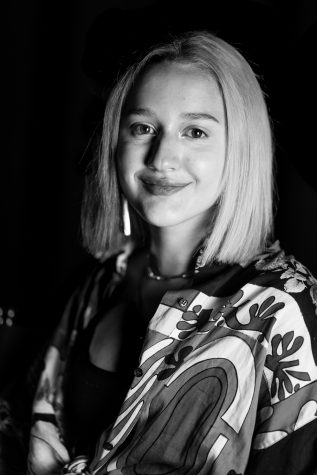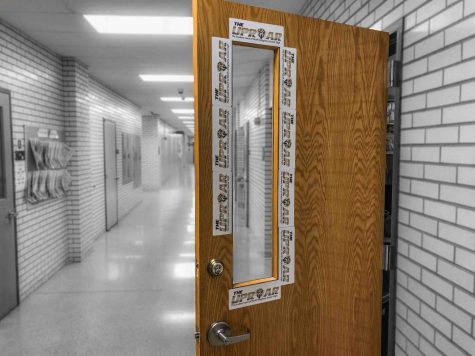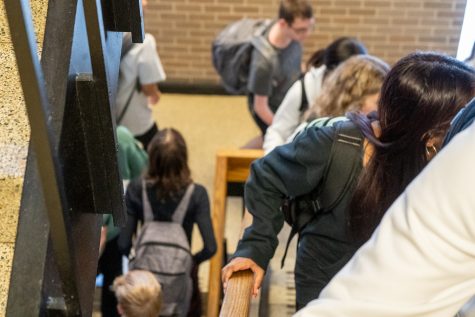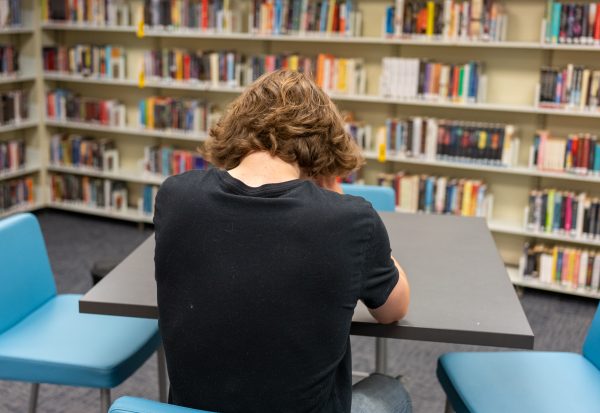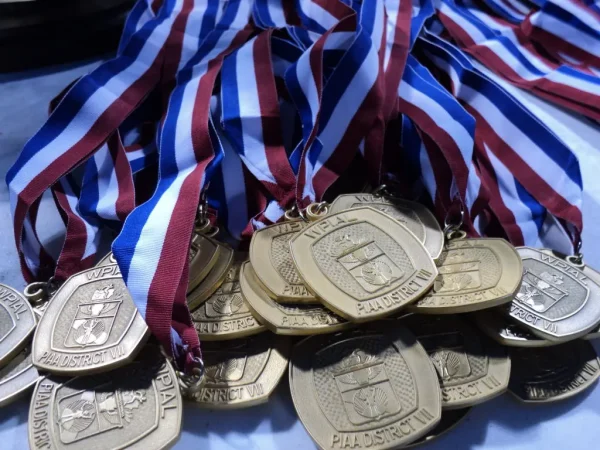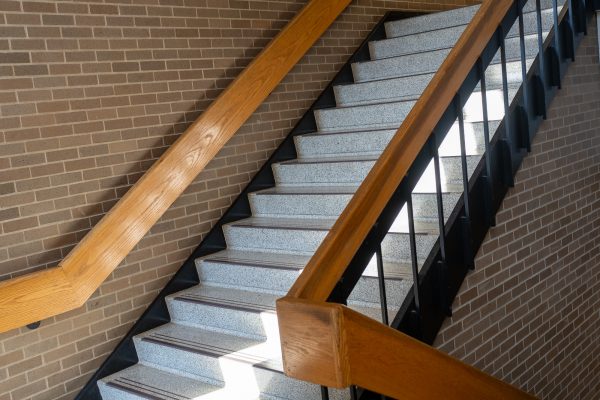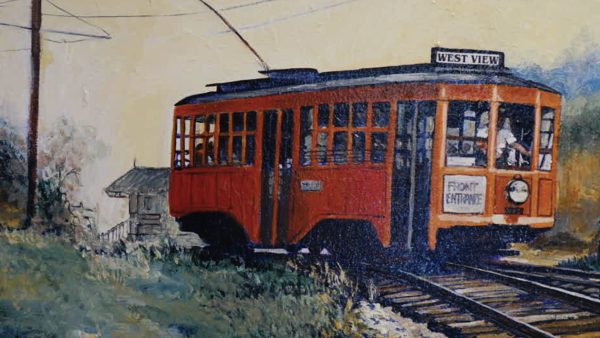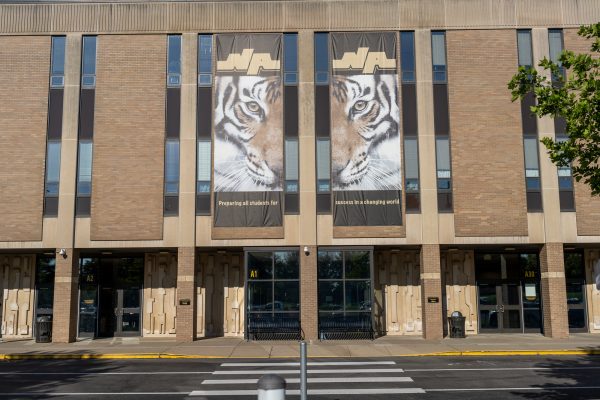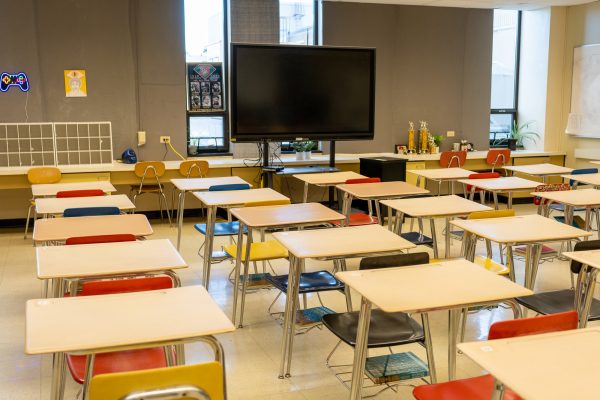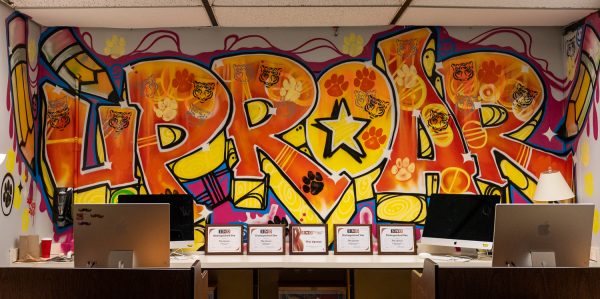Inside the Frame of the Protests
Rik Nagel is a photographer and location scout based in NYC. He recently attended the Pittsburgh protests for the Black Lives Matter movement.
Protesters flee as tear gas canisters are released among the crowd.
June 4, 2020
In general, what kind of photography do you do?
I’m a location scout for TV commercials and movies, so I guess you could call that architecture and landscape photography. But I’m always trying to grow.
Do you have a favorite camera to use at the moment?
Canon 6D is my go to. Love that rig! But I also like playing around with a Sony a7iii, which is also a great camera.
How does taking photographs and videos at large demonstrations differ from what you do on a day-to-day basis?
Both are enjoyable. For work, I have to capture a certain amount of locations spread all over the place, while finding new options and dealing with contacts. Sometimes it’s hard to just focus on getting good shots. At a demonstration, I just flow with the crowd and find great shots in the spur of the moment. Plus, there’s a different stress. Do they want their picture taken? Am I missing a better shot? Will I get attacked by police or lose my camera to a mob? Both are great.
What inspired you to attend the protests in Pittsburgh?
Right place, right time. I didn’t even realize they were going on until a close friend got stuck in the protests and called me to let me know what was going on. When opportunity strikes, you need to immediately say yes, and start figuring out the details. I plugged in a random location to the GPS and drove. It took me a while to find the crowds, so I parked as safe as I could and joined the people.
What seemed to be the goal of the protests?
The protestors seemed fed up with injustice– how the police treat minorities. There is an imbalance in our country, and everyone is frustrated.
When you got there, what did the demonstration look like?
When I finally found them, I stopped at a red light and hundreds of people started walking. I got out of my car and started taking pictures immediately.
What was it like during the more peaceful part of the protest?
It was wonderful. There was a sense of community and purpose just about everyone seemed to share. There were a few people doing stupid things, like tipping over garbage cans and moving them into the middle of the street, but there were also people putting them back in place. A bunch of planters were knocked over, but people were still trying to put the plants and dirt back. It was really very respectful and positive.
Was there any point when you sensed the demonstration might become violent?
Walking down Smithfield towards Oliver Avenue, the entire mood changed. As I made the turn, I could see way down the block that was where the police set up the demarcation line. It was definitely a sense of fear that came over everyone, including me. Everything was heightened at that point.
To your knowledge, how did the riot start?
There was a young black woman who was standing in the middle of Smithfield asking the white allies to go to the front. So that’s where I went. Hundreds of people started to line up and we respectfully chanted. Then a few protesters jumped in between the protesters and cops, flipping people off for pictures. It was immature but not aggressive. One or two people threw water bottles and then all of a sudden the police aggressively took out their batons and started throwing tear gas into the crowd. That’s where the mayhem started. People were just representing their First Amendment rights, and the police sent it from 0 to 60. I’ve been to a lot of protests to photograph them, but none of them were like this. The police caused the aggression 100%. After that, people started looting and really destroying things.
Did you ever fear that you would be arrested or injured during the protest? Did that change once it became violent?
If I’m being honest, I’m an older white guy with a nice camera. I work with police all the time in New York City and know how to handle myself around them. So no, I wasn’t really nervous about that. Although one of the police officers did point his non-lethal gun at me which was a little disconcerting. I just stood there and looked at him and the moment passed quickly.
As someone who works in and around the media, why do you think there is such a divide between police and the media?
That’s an interesting question. I have a lot of friends in the NYPD. There’s a mentality that many of them have that it’s us against them. Meaning they see people at their worst, and have to deal with liars, attackers, and some of the worst people. But it’s hard to tell which of us are good people and which are bad. It’s easier for them because if you have a uniform on, you protect your own. It’s a very oversimplified explanation, and just my opinion, but I think it’s the base of the problem.
Is there any part of you that wishes you hadn’t gone to the protest?
Yes; the gash in my head.
Do you have any advice for people who are planning to attend upcoming protests?
Plan ahead. Do you research, know how to protect yourself and what measures you can take to be safe. Go with a group of people. Don’t be aggressive with the police, but if you’re comfortable, don’t back down. And right now the most important thing is to make sure people don’t loot or cause damage. It’s almost more important that you stop people from hindering the message than it is chanting in front of the police.
What is your biggest takeaway from your experiences at the protest?
There’s a whole lot of young people and they have a lot of courage, but it only takes a few immature people to ruin everything.
You can see more of his work on Instagram (@riktree) or here on his website.

